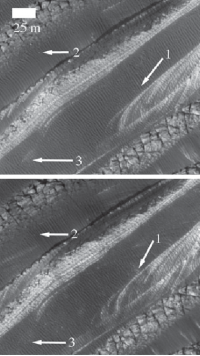‘Perfect black’ coating can render a 3D object flat, raises intriguing dark veil possibility in astronomy
A newly developed “perfect black” coating can render a 3D object flat, which raises an intriguing dark veil possibility in astronomy.
“The carbon nanotube forest can absorb very wide range of electromagnetic wave from ultraviolet up to terahertz,” Guo said, “and in principle it can be applied to an arbitrary sized object.” Just how large an object? Guo suggested an intriguing possibility—perhaps entire planets or even stars. “Since deep space itself is a perfect dark background, if a planet or star were surrounded by a thick, sooty atmosphere of light-absorbing carbon nanomaterial gases, it would become invisible due to the same principle,” Guo said. “It would become totally dark to our instruments that rely on the detection of electromagnetic waves.”
A newly developed “perfect black” coating can render a 3D object flat, which raises an intriguing dark veil possibility in astronomy.
“The carbon nanotube forest can absorb very wide range of electromagnetic wave from ultraviolet up to terahertz,” Guo said, “and in principle it can be applied to an arbitrary sized object.” Just how large an object? Guo suggested an intriguing possibility—perhaps entire planets or even stars. “Since deep space itself is a perfect dark background, if a planet or star were surrounded by a thick, sooty atmosphere of light-absorbing carbon nanomaterial gases, it would become invisible due to the same principle,” Guo said. “It would become totally dark to our instruments that rely on the detection of electromagnetic waves.”

